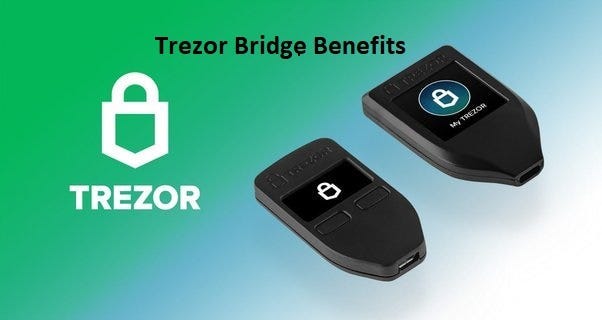trezor bridge
Essential Guide — Trezor Bridge: Setup, Security & Everyday Use
This guide explains what Trezor Bridge is, why it matters for your hardware wallet workflow, and how to install, configure and troubleshoot it in a clear, easy-to-follow way. Whether you are just getting started or you want to tighten security and reduce friction, the notes below prioritise safety, simplicity and practical tips.
What is Trezor Bridge?
Trezor Bridge is a small background application that enables a secure, persistent connection between a Trezor hardware wallet and web-based wallet interfaces running in your browser or desktop applications. It acts as a bridge (hence the name) between the USB device and the browser’s local communication channels, allowing signing of transactions and device management while preserving the cryptographic separation of the private keys.
Why use Trezor Bridge?
Trezor Bridge offers four practical benefits:
- Compatibility: Makes modern browsers talk to the hardware wallet reliably without complex manual configuration.
- Security: Keeps private keys on the device; Bridge only relays encrypted requests and responses.
- Simplicity: One installer that works across supported operating systems and browser updates.
- Stability: Reduces connection problems that older driver models can cause.
Installation: Step-by-step
Install Trezor Bridge from the official Trezor website only. Avoid third‑party downloads. Typical steps:
- Visit the official Trezor download page (use a secure device and verify the URL).
- Choose the installer for your operating system (Windows, macOS, or Linux).
- Run the installer and follow system prompts; grant permission for background operation if asked.
- Restart your browser (or system) if the installer requests it — this ensures the browser detects the Bridge service.
Using Bridge safely — best practices
Security depends on good habits as much as on correct software. Follow these guidelines:
- Always download from the official site. Confirm the domain and use HTTPS.
- Keep firmware up to date. Trezor firmware updates patch security improvements; read the release notes before updating.
- Use a dedicated browser profile for crypto activity to reduce exposure to extensions and trackers.
- Be wary of unsolicited prompts. Only confirm transaction details you expect to sign; check recipient addresses and amounts on the device screen.
- Back up your recovery seed securely offline and never store it in plain text on any connected computer.
Troubleshooting common issues
Connectivity problems are the most frequent complaint. Try these steps in order:
- Confirm the device is unlocked and the screen is active.
- Make sure Bridge is running in the background (check system tray / processes).
- Restart the browser and, if necessary, the machine to reload drivers and services.
- Try a different USB cable or port — avoid USB hubs for initial testing.
- Disable browser extensions that can interfere (privacy or security‑focused extensions occasionally intercept USB APIs).
- If you still have problems, reinstall Bridge from the official installer.
Advanced tips
For power users and administrators:
- Scripting and automation: Some environments allow headless operation for automated audits; always keep such systems air‑gapped from general internet activity.
- Network hygiene: Use firewall rules to restrict which local apps can reach the Bridge service if your OS supports it.
- Audit logs: Review system logs to spot unexpected Bridge restarts or permission changes.
How Bridge fits into your crypto workflow
Think of Trezor Bridge as the plumbing: it carries encrypted messages between the browser and the hardware, while the device itself holds the vault. This design lets you use modern web wallets and exchanges without exposing secret keys, and it minimizes the attack surface to the device and the user’s local approvals.
Common misconceptions
Bridge is not a cloud backup, it does not store private keys, and it does not have access to your recovery seed. It is a small local helper that simplifies connection management. If a website asks for your recovery seed, it is malicious — never enter your seed into a website or application.
Summary & final recommendations
Installing Trezor Bridge is a straightforward step that improves compatibility and reliability between your hardware wallet and browser-based interfaces. Use only official downloads, practice safe handling of your recovery seed, double-check transaction details on the device, and keep firmware updated. Those habits will keep your assets far safer than relying solely on passwords or software wallets.
